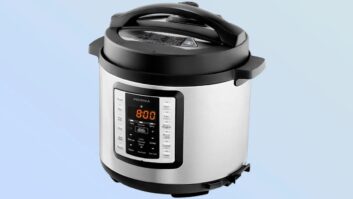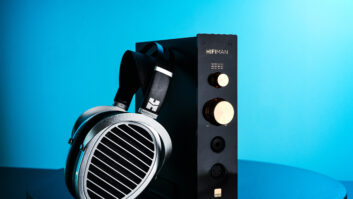Every time the Olympics roll around I’m fascinated that I can get sucked in to watching sports that I haven’t bothered to pay attention to since four years ago. Yet, it happens every time. By the time I’m done watching the freestyle skiing half-pipe I fancy myself a judge, commenting on sticking the landing and catching air as if I had one iota of knowledge about what I was saying.
In light of all this, I recently attended my first fencing meet. Both my sons have decided to try fencing and I thought it was a cool idea. I encouraged them and they both really seemed to like it based on the camp they went to and the practices leading up to their first match. I thought that was awesome. And then I went to a match. Um. For 90 minutes I watched about two dozen bouts and I walked out of there not having one clue what I just watched. I thought I could watch any sport and get sucked in. I’ve been known to watch curling, darts, horseshoe championships… you name it. This time I was flummoxed.
There was one thing I did understand though and that was the technology behind the scoring. While there is a referee of sorts for each bout (called a “manager”) the actual scoring is determined by technology, wearable technology in fact.
Both my sons, and all of their teammates were wearing canvas jackets lined with sensors that plugged into small battery packs attached to the back of their jackets. Their weapons – epees and foils – are also electrified. When the tip of the blade makes contact with the sensor in the jacket a light goes off, indicating that contact was made. The manager than verifies that the contact was within the legal boundaries and a point is awarded. Given the speed of some of the duels it makes the manager’s job a whole lot easier and gives spectators some hope toward understanding just what the heck is going on. A little at least.
It got me thinking about a phone call I had with an absolutely brilliant guy named Yoel Fink. Yoel is the CEO of Advanced Functional Fabrics of America (affoa.org), a non-profit Institute born at MIT whose mission is to start a new manufacturing-based revolution—the transformation of traditional fibers, yarns, and textiles into highly sophisticated integrated and networked devices and systems.
Yoel is a visionary who sees unlimited potential for the commercialization of textile products that see, hear, sense, communicate, store and convert energy, regulate temperature, monitor health, and even change color. That potential can be applied to dozens of industries and applications, including fashion, fitness, advertising, health, warfare, manufacturing, criminal justice … you name it.
But I see huge and immediate potential in smart fabrics in the sports world. Imagine a batter’s jersey calling balls and strikes, a tennis player’s shoes detecting whether a ball was in or out, a long-distance runner being paced by a headband, a football player’s helmet detecting if a blow to the head was too hard to remain in the game.
There is a lot of human error in athletic competition and while sometimes that adds to the intrigue, in the end most fans, and players and coaches want the results to be based on competition, not the faulty judgement of an umpire or a timekeeper.
And if I’m going to be stuck attending fencing matches for the foreseeable future maybe I can get a hat that can explain what the heck is going on.













